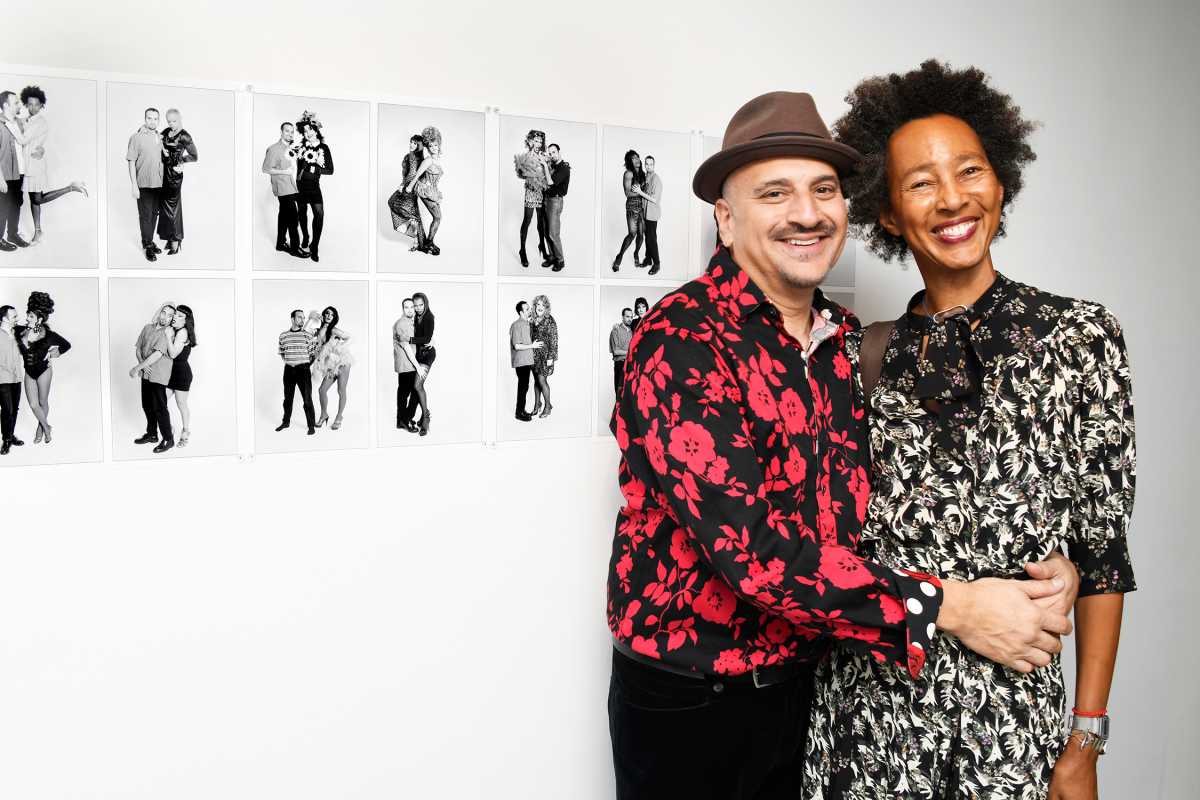
"While trying to find a way to realize his dream of becoming a nightclub singer, he worked as a waiter, writer, retoucher, actor, SAT tutor and as a personal assistant to the truly psychotic wife of an aging writer whom I revered, but still wasn't earning enough. Then, he was offered a deal that seemed too good to refuse: $20,000 to write a book about the edgy scene that he had immersed himself in."
"I had just moved to the East Village in the early 90s, he recalls. I felt like I had finally found my neighborhood and my people. It seemed like a fortune, until he realized that it would have to stretch over the two years needed to research and write the thing, with unexpected expenses popping up, such as cover charges, interns, travel, and Lou Reed extracting $500 for the usage of four lines from Walk on the Wild Side."
"Thirty years ago, the art of drag, while becoming more visible, was not yet the household phenomenon that it is today, as author Julian Fleisher calls it, the Drag-Industrial Complex. Other than some works that could be found in research libraries, there were no comprehensive books that summed up the drag domain for the rest of the world, but Fleisher remedied that, creating The Drag Queens of New York: An Illustrated Field Guide."
Thirty years ago drag was becoming more visible but had not reached mainstream prominence, often confined to research-library materials. Julian Fleisher created The Drag Queens of New York: An Illustrated Field Guide to comprehensively document that scene. While pursuing a nightclub-singer dream he held jobs as a waiter, writer, retoucher, actor, SAT tutor and personal assistant. A $20,000 book deal funded two years of research and compilation but proved tight after expenses like cover charges, interns, travel and a $500 licensing fee for four lines of Walk on the Wild Side. All interviews for the project were recorded on cassette tapes. Fleisher approached many queens and received mixed reactions.
Read at www.amny.com
Unable to calculate read time
Collection
[
|
...
]